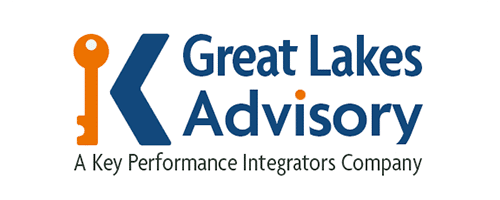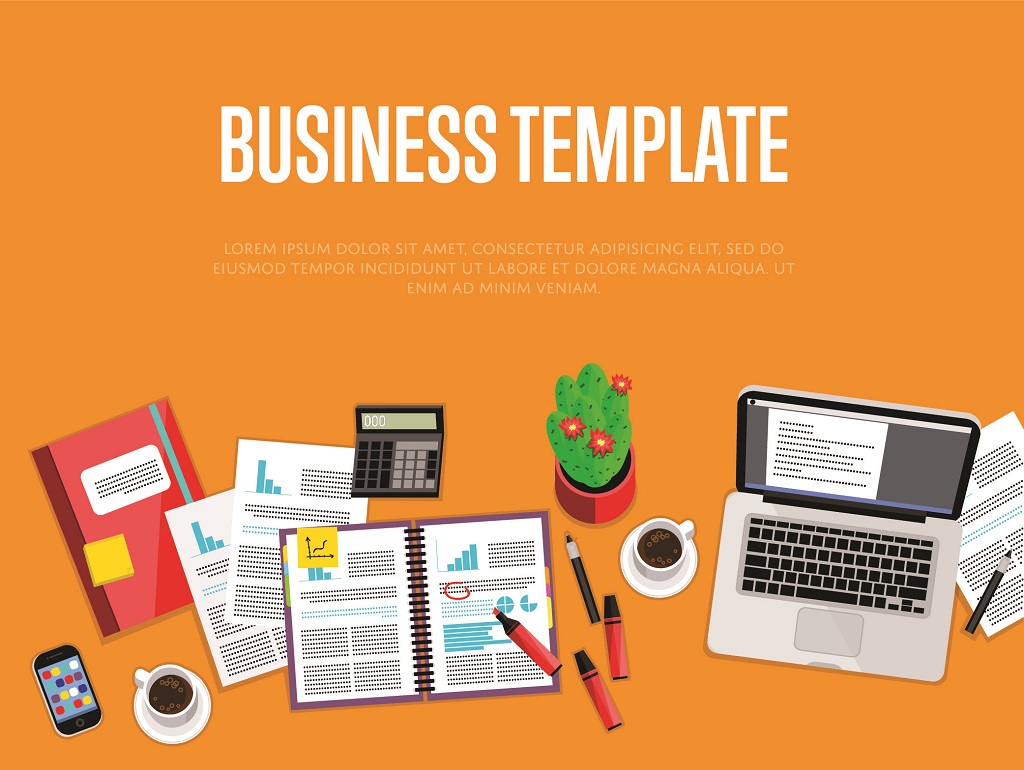Training manuals remain efficient tools for communicating information to your employees about policies, procedures, and systems. They give staff a long-term view of what they’re hired to achieve and ensure companies provide proper onboarding. More than that, high-quality manuals reduce errors, optimize processes and standardize ways of doing things.
Organizations that invest time and money in creating training manuals will see improved efficiency and productivity. While software tools to create guides are invariably changing, the fundamental principle remains the same: You employees need access to informative resources for them to do their jobs well.
In this blog, you’ll learn how to write a training manual, as well as the reasons why they’re so beneficial to company success.
What Is a Training Manual?
Standard training manuals teach employees about a company and its processes. They play a critical role in employee training, helping staff grow and learn about new systems, tools, or software, thus improving the quality of a performed task. These instruction guides increase employee efficiency, proficiency, productivity, and overall profits.
Good training manuals provide individuals with straightforward instructions and a guide that answers most of their questions. General best practice dictates that employee training manuals should be easy to understand and simple to work through. They should be designed logically and split into clearly defined training manual sections for quick understanding.
What Is the Purpose of a Training Manual?
Creating training documents formalizes staff training processes. The primary goal is to help employees with their current responsibilities and future tasks. A thorough training manual assists the recollection of knowledge taught in training sessions and codifies workplace rules and guidelines.
Manuals give specific instruction as to how a particular task should be performed, and are designed with a job role’s specific responsibilities and specializations in mind. Businesses with robust training plans often have multiple training manuals for different stages of the learning process to avoid overwhelming new hires with information overload.
What Are the Benefits of Training Manuals for Your Company?
- Streamline onboarding: Creating training documents can be a motivating and informative tool for new hires. With them, they know what to expect on the job, and can learn about further opportunities once they have completed basic training.
- Organize training: Training manuals systemic training processes, so the same job roles follow a set procedure to complete job tasks. This improves transparency and reduces errors.
- Increase employee output: Professional training manuals equip employees with the resources they need to perform their jobs. When they have the necessary knowledge, they no longer have to bother others for help because they can refer to their manual any time an issue arises.
- Reinforce continued learning: With the world’s rapid rate of technological change, no company can afford stagnancy. Training manuals encourage upskilling and learning culture, pivotal to ensuring an organization’s longevity.
Great Lakes Advisory helps organizations make training manuals that result in higher job satisfaction, commitment, and staff retention. Why not schedule an appointment to learn how we can eradicate employee pain points and boost your bottom line?
How to Create an Employee Training Manual in 7 Steps
Putting together a training manual takes effort. Devoting adequate resources and time to develop the content and design will help you create excellent training content that adds value to your organization. Here is how to create the best employee training manual:
1. Identify Your Objective
Remember, an organization can have multiple training manuals, so before writing a training manual, you must have clarity around what it needs to achieve. Some goals might include:
- Onboarding new hires
- Upskilling staff with advanced skills
- Providing role-specific training
- Enhancing productivity and efficiency
- Improving employee weaknesses
- Providing health and safety information
- Offering additional training for staff to advance through promotion
Identifying the objective is a delicate balance: Having too much information in a manual can overwhelm the user, whereas too little will leave them with more questions than answers. Be precise about what you want to achieve, and include no more and no less.
2. Know Your Audience
Once you know your manual’s objective, you will need to have a clear picture of its readers. This is crucial as it sets the benchmark for the language used and the way you develop the content. For example, a new employee might have a limited understanding in comparison to a senior staff member, who already grasps the basics.
Things to consider include:
- Their level of expertise
- The time they have to read and digest information
- Whether they need visual or written content or both
- If there are cultural or language preferences you need to be aware of
3. Plan the Content
Always organize information strategically. How you do this depends on the type of job and tasks the manual is made for. You can categorize topics from beginning to advanced processes, according to product features, or reader popularity.
A training manual without a logical flow will only complicate the process. To ensure the content is readable, you should always:
- Include a table of contents at the beginning
- Divide content into categories and sub-categories
- Design proper headers and footers
- Number pages correctly
When writing a training manual, remember to outline each step in detail. What feels like second nature to you may not be obvious to someone unfamiliar with the process. Consider questions a reader might have and set out to answer them.
Incorporating checklists is also incredibly useful, especially with how-to manuals, as they minimize human error and ensure the staff member using the manual has completed the system. This is valuable for new hires, who likely won’t retain all information until they’ve performed tasks and processes a few times. When they have a checklist, they’re guaranteed a higher chance of success.
And remember, 20 minutes of learning is a good length to maintain healthy concentration levels. Designing content with this mind will ensure that employees retain information and decrease the chances of revising the same material multiple times.
4. Determine the Format
Common content delivery formats are PDF guides, knowledge base articles, online courses, guidebooks, and video tutorials. Increasingly, companies are producing online or digital manuals because they are easier to store, access, save, and update. Most employees can also access them from anywhere, so long as they have a device, and in some cases, an Internet connection.
It’s also important to consider how different mediums communicate information. Perhaps a video works better than text, or a diagram is needed to illustrate a process or product. For showing complex processes, a video is ideal. As a rule of thumb, videos easily showcase a job, photography offers clarity, and infographics and charts can summarize significant data points.
There is also the option to create interactive learning manuals that guide users through each part of the process with self-paced modules. This makes learners active participants, helping them to assimilate information faster, ensuring they have a more profound understanding of their job requirements.
5. Design the Manual
When creating your training manual, you should adhere to design hierarchy principles. This is when design elements like size and color suggest a hierarchy of importance to the reader. It shows them where the most essential content is located.
Good design hierarchy also helps readers differentiate between text elements like headers and body copy. Following this methodology will ensure your text achieves high reading comprehension.
These examples offer a basic idea:
- Size: The larger an element, the more likely your reader will notice.
- Color: Bright and bold colors attract a reader’s attention.
- Contrast: Contrasting colors create an attention-grabbing effect.
- Alignment: Shifting alignment influences how the eye travels along with the page.
- Repetition: Repeating a style from a previous element sends a signal that two elements are related.
- Proximity: Elements in proximity propose a relation.
Keep in mind your company’s brand color and visual communication style as you’re putting together your training manual. It’s always nice to create design consistency across your organization, whether it’s email signatures, your website, or user manuals.
6. Ask for Feedback
Asking for feedback is an excellent approach to ensure your user manual is up to scratch. Because employee productivity relies heavily on your user manual, you’ll want to double-check you’ve included relevant information that’s easily understood. Collecting candid feedback after the onboarding process is also useful for making future improvements.
The best way to do this is through a structured survey; otherwise, you might risk receiving responses like, “the manual didn’t make sense,” “I was confused,” or “It was very helpful.” This doesn’t reveal what you can improve. Ask specific questions, and leave space for comments at the end. Perhaps users will point out improvements or issues that haven’t occurred to you.
7. Reinforce Continuous Learning
Knowing how to prepare a training manual is one thing; ensuring employees retain the knowledge is another. Reinforcing training through check-ins and quizzes cements new information to long-term memory. And of course, if methods and processes change, then be sure to update your manuals and arrange for new training sessions.
Training Manual Template(s)
A good training manual template is a great resource that saves time. It can be utilized over and over again and tweaked as processes change. Having a template creates standardized and consistent communication that benefits supervisors and employees. Below are some suggested templates you might consider using:
Trainual
Ranked number one for employee training on peer-to-peer review website G2, Trainual is perfect for small to medium-sized companies that need to streamline the onboarding and training process. It is easy to use and offers a free 7-day trial period. Because it standardizes the way work is done, it is loved by CEOs, HR and Operations leaders, office managers, and admins.
PlayBookBuilder
PlayBookBuilder brings manuals to life with videos, links, quizzes, and QR codes. Pre-built templates and integrations with Dropbox, Mailchimp, Shopify, and loads of other digital apps and platforms, help create a seamless training and onboarding experience. Its mobile capabilities, powerful analytics, and automated SMS and email options truly make it an industry leader.
Whale
A whale is a knowledge-sharing and training platform designed to systemize and scale businesses. It claims to cut employee onboarding time in half by centralizing processes, procedures, and playbooks. A whale is suitable for SOP management, employee training, and knowledge management of growing small and medium-sized teams.
Get Professional Help!
Having a foolproof method of creating engaging and useful training manuals is important, regardless of the size of your organization. Training manuals increase newcomer confidence and alleviate the added HR stress that comes with onboarding new employees. There’s no reason to lose staff or your competitive edge when you have training optimization resources.
If you need to update your training manuals or develop ones from scratch, then we can help! Our qualified experts are here to make sure you provide a better experience for staff and customers. Great Lake Advisory’s methodology offers quality training and decreases redundancies. Call our training and development experts today!



